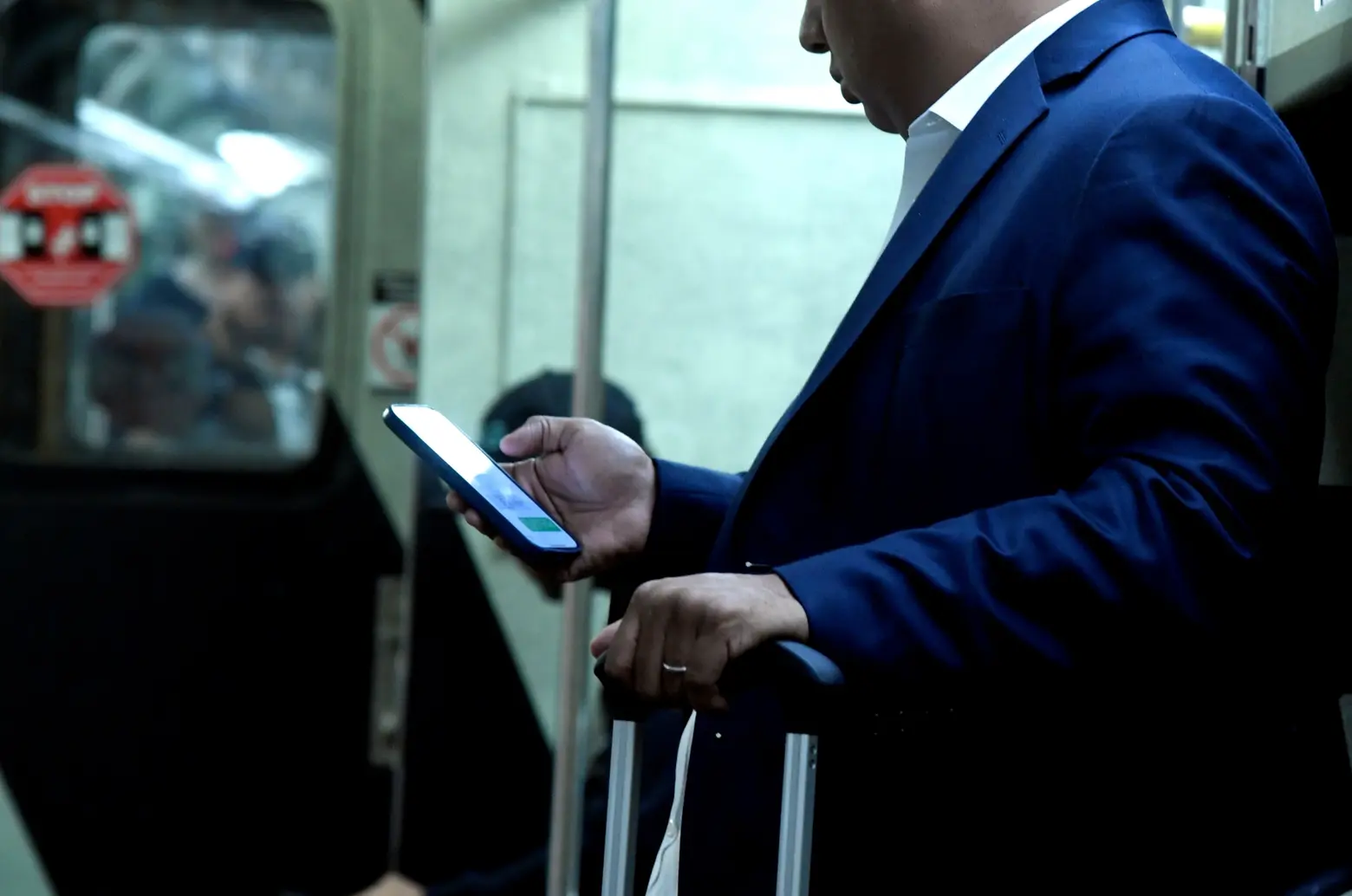4, 5, and G subway lines to get expanded cell service in next two years


More subway riders will soon no longer have to wait until their train reaches the next station to get cell service. During the MTA’s monthly committee meetings on Wednesday, CEO and Chair Janno Lieber announced that 5G coverage will be added to the 4 and 5 train tunnels between Bowling Green in Manhattan and Borough Hall. Expanded service is also planned for the G line between Court Square and Hoyt-Schermerhorn. Both projects are expected to be completed within one to two years, according to Lieber.
The installation is being done at no cost to the public, according to Lieber. The service will be delivered through a public-private partnership with Boldyn Networks, the company that brought full cell coverage to the Grand Central–Times Square shuttle last September. Under the agreement, Boldyn will keep any revenue made from the wireless network.
“They’ve got it on the Times Square shuttle, people love it. Some people complain they have to listen to many domestic arguments, but we’re going to give them that connectivity,” Lieber said.
Wednesday’s announcement is the latest milestone in the MTA’s gradual rollout of cell service across the subway system’s 418 miles of underground track. Transit officials say the full rollout will cost about $600 million, all of which will be covered by Boldyn.
First announced in 2022, the project originally aimed to bring cell service to all subway tunnels by 2032. So far, coverage has only been installed along the Grand Central–Times Square shuttle and the Canarsie Tunnel used by the L train between Manhattan and Brooklyn.
During Wednesday’s board meeting, Jessica Mathew, MTA’s senior vice president of capital strategy, did not say whether the agency is still on track to meet the 2032 deadline. Officials said the timeline depends on Boldyn gaining access to subway tunnels, which will be easiest to coordinate during planned service outages for other construction projects.
The project is part of the MTA’s $68.4 billion capital plan for 2025-2029, designed to keep the city’s transit system afloat. A key priority of the plan is updating the system’s aging train fleet and antiquated signal system to improve speed and reliability. Other components include accessibility upgrades, customer experience improvements, and more.
The capital plan, the MTA’s largest ever, was funded in the state budget last month. The MTA board approved the plan on Wednesday.
RELATED:






